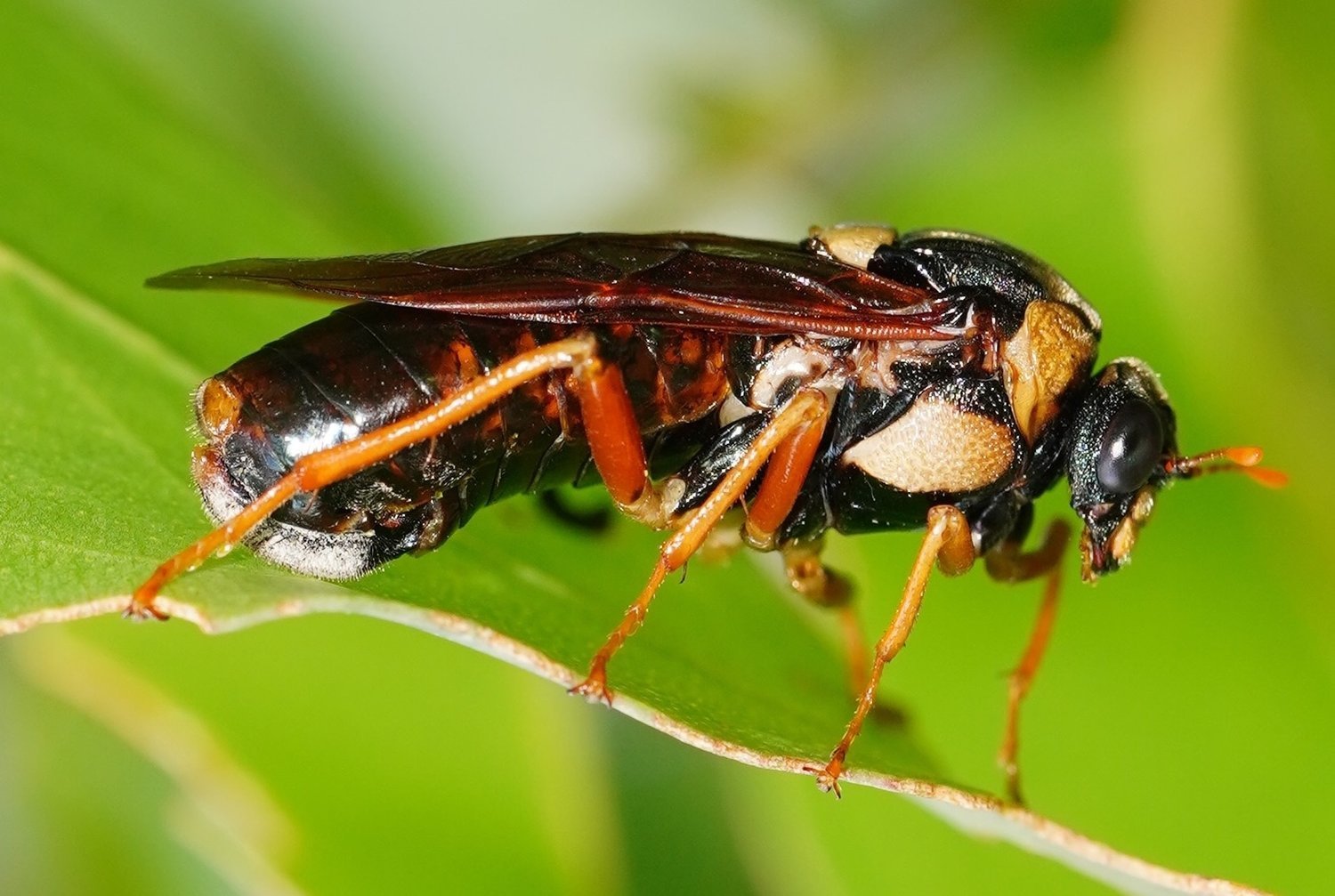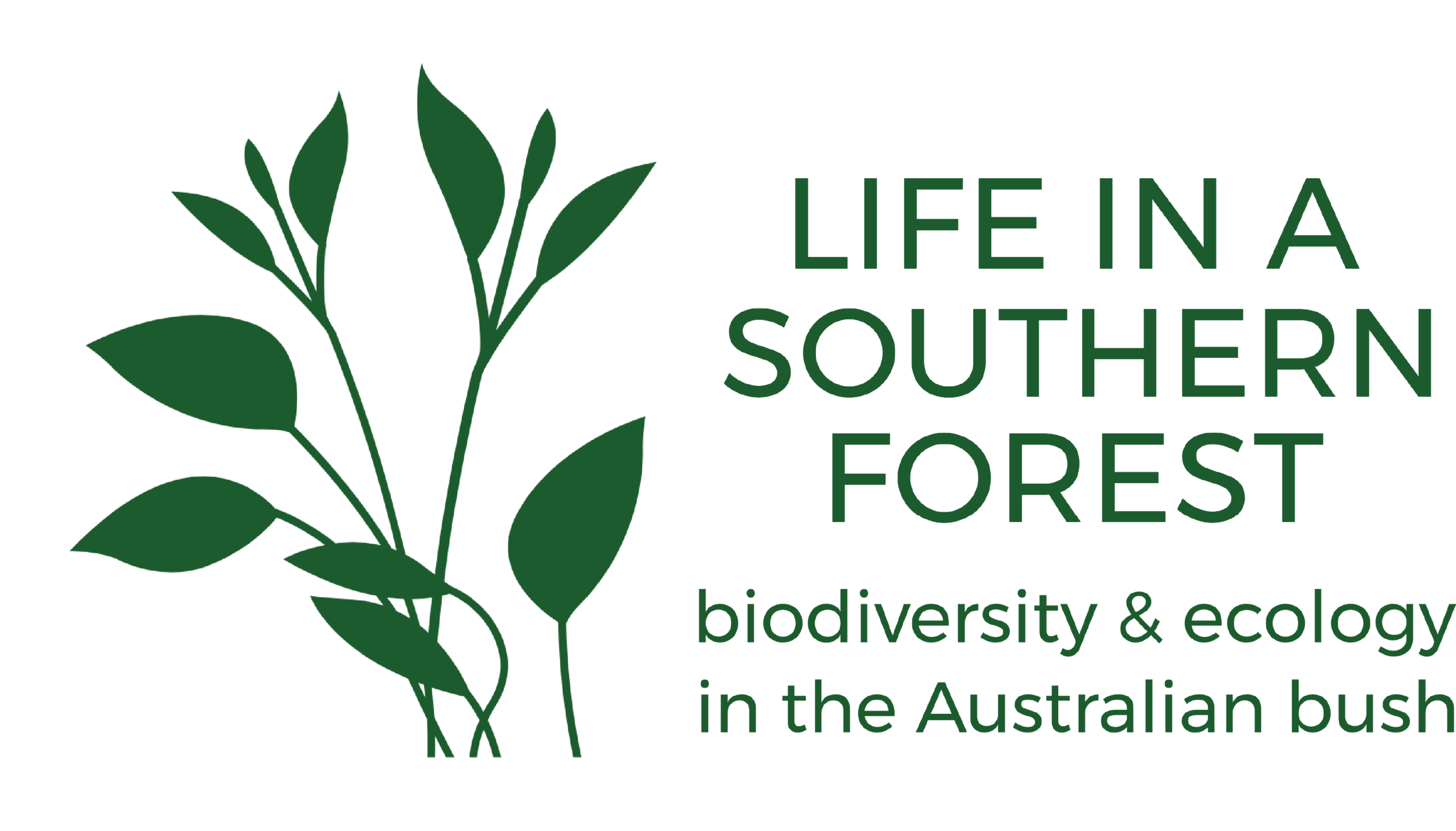Perga species identification

Image above courtesy of Reiner Richter (iNaturalist observation) CC BY
Workbook
Note: This is a “work in progress”. Changes may be made as I discover additional relevant information.
Identification of species in genus Perga
The matrix below is designed to aid identification of species in the genus Perga, which has the following diagnostic features:
Antennae 5 or 6-segmented with club
Antennae shorter than distance between eyes
Hind lobes of scutellum very short, not reaching hind margin
Two types of matrices are provided.
The full matrix was constructed using information in species descriptions and drawings in the taxonomic literature as well as photographs of type specimens (some of which are shown below). No reference was made to iNaturalist photographs when building that matrix.
The illustrated summary matrix, which is a modified version of the full matrix, does use information drawn from iNaturalist Research Grade observations of the species in question. Each photo in this matrix illustrates the typical appearance of that species and it could help you narrow down the search for the identity of your specimen. However, be aware that there is often considerable variability within a species. To arrive at a more secure ID, consult the table in this summary matrix.
To view iNaturalist Research Grade observations of a particular Perga species, click on the name of that species in the list below. (Species without a link have no RG observations at this time).
Perga affinis Perga agnata Perga bradleyi Perga brevipes Perga brevitarsis Perga brullei Perga christii Perga dahlbomii Perga dorsalis Perga kirbii Perga klugii Perga kohli Perga konowi Perga leaski Perga mayrii Perga schiodtei Perga tristis Perga vollenhovii Perga waitei
Reference Images
Drawings from the taxonomic literature and photographs of type and BOLD specimens
Perga affinis
Perga dorsalis
Perga brullei=Perga ritsemi=Perga cressonii=Perga dubia
Perga christii
Perga dahlbomii
Perga kirbii
Perga klugii
Perga leaskii
Perga mayrii= Perga bisecta
Perga schiödtei
Perga vollenhovii = Perga walkerii
References:
Benson, R.B. 1939. A revision of the Australian sawflies of the genus Perga Leach, sens. lat. (Hymenoptera, Symphyta). The Australian Zoologist 9: 324-357.
Carne, P.B. 1962. The characteristics and behaviour of the saw-fly Perga affinis affinis (Hymenoptera). Australian Journal of Zoology 10: 1-34
Forsius, R. 1927. On some sawflies from the Australian Region (Hymenoptera Tenthredinidae). Records of the South Australian Museum 3: 283-308.
Froggatt, W.W. 1907 Australian Insects. Brooks et co. Sydney
Kirby, W.F. 1882. List of Hymenoptera, with descriptions and figures of the typical specimens in the British Museum. Vol. I. Tenthredinidae and Siricidae. London: British Museum, xxviii
Leach, W.E. 1817. The zoological miscellany; being descriptions of new, or interesting animals. Vol. 3. Shoe-Lane, London: R. and A. Taylor
Morice, F.D. 1919. Notes on Australian sawflies, especially the “Authors' Types” and other specimens in the British Museum of Natural History and the Hope Collections of the Oxford University Museum; with diagnostic synopses of the genera and species, and photographs illustrating their structural characters. Transactions of the Entomological Society of London 66: 247-333, pls XI-XV.
Riek, E.F. 1961. The distribution and inter-relationships of Perga affinis Kirby and Perga dorsalis Leach (Hymenoptera, Symphyta). Proceedings of the Linnean Society of New South Wales 86: 237-240
Weinstein, P. 1991 Undermining spitfire defence strategies. Austalian Natural History 23 (11): 849-857
Westwood, J.O. 1880. A monograph of the sawflies composing the Australian genus Perga of Leach. Proceedings of the Zoological Society of London 1880: 359-379
This is a workbook page … a part of our website where we record the observations and references used in making species identifications. The notes will not necessarily be complete. They are a record for our own use, but we are happy to share this information with others.

















































